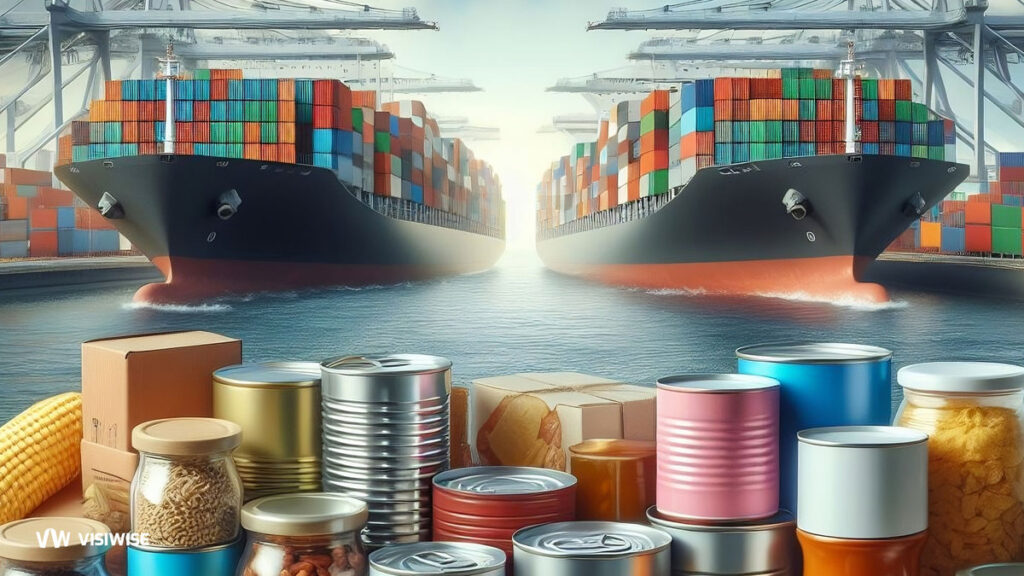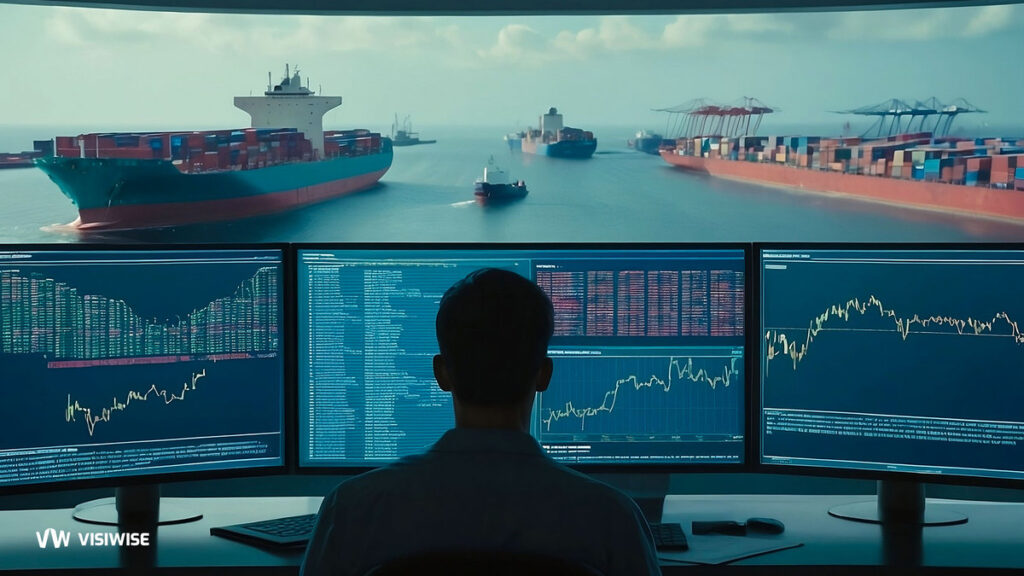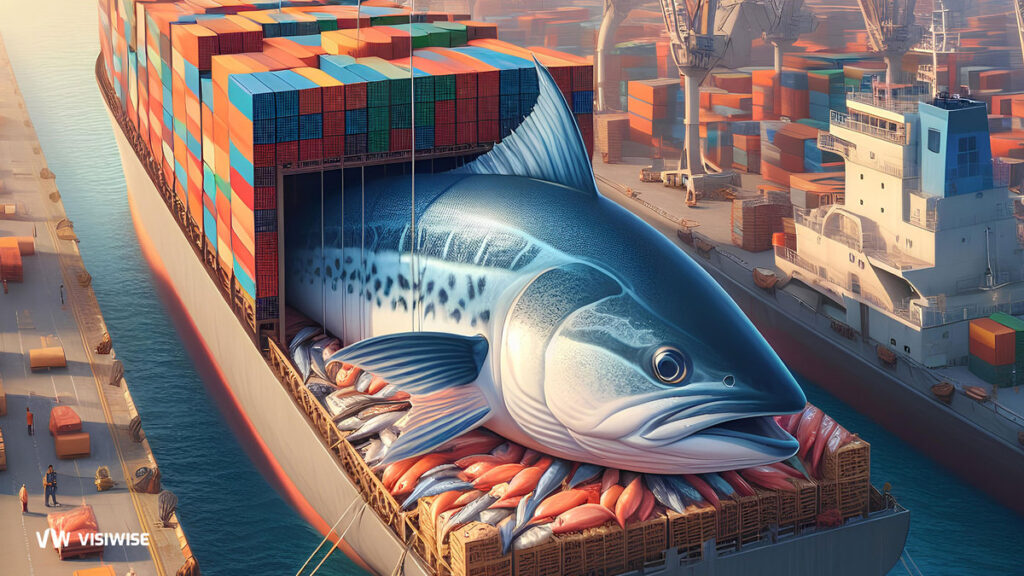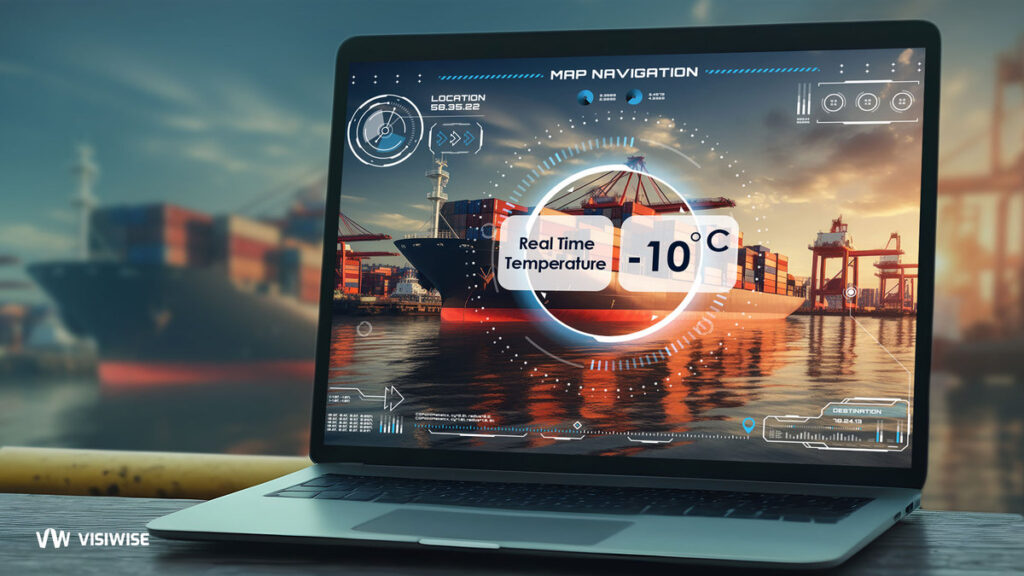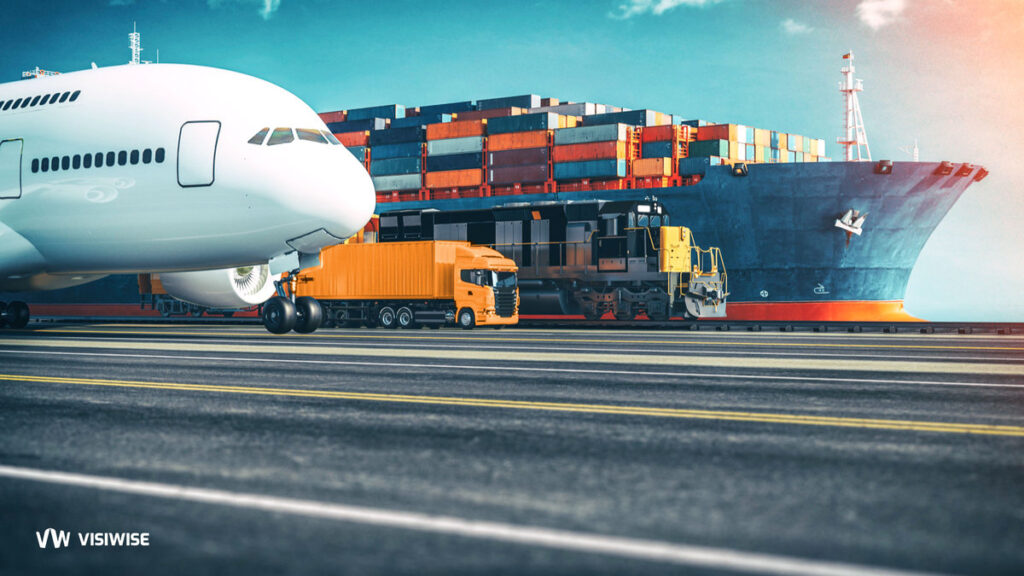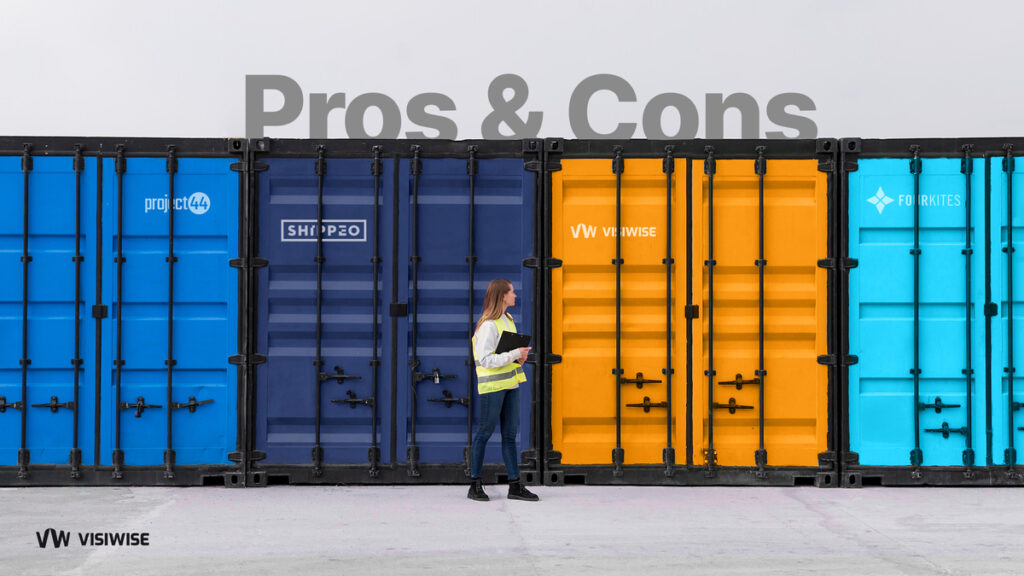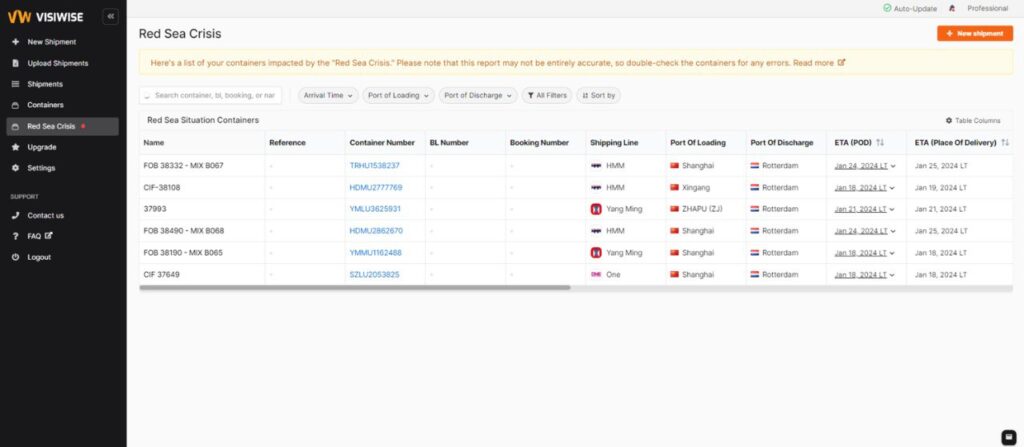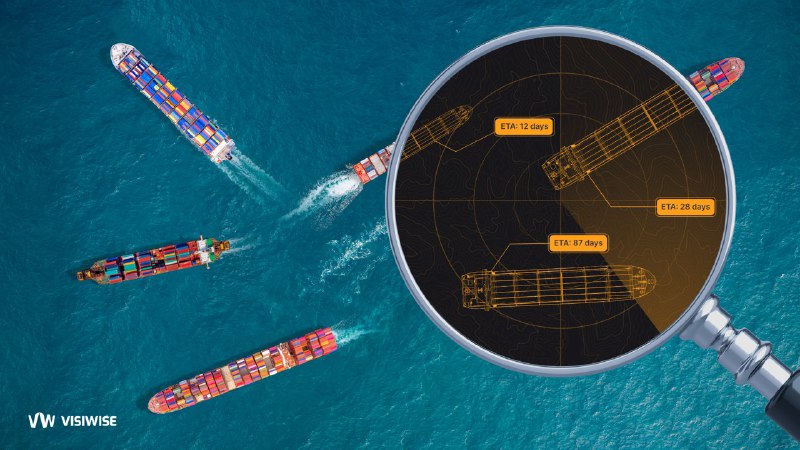Trade Guide
The Power of Data: Revolutionizing Logistics through Analytics
In this article, we’ll discuss the role of data analytics in logistics, delve into the concept of big data, and explore its impact on supply chain management
A Guideline for Shipping of Fishery and Seafood Products
In this article, we discuss the transportation of fishery and seafood products, focusing particularly on the essential aspects of the shipping process.
Reefer Container Tracking: A Cost Saving Solution
Effective transportation of perishable goods, particularly fruits and vegetables, is a nuanced challenge for shippers. Maintaining the optimal condition of these products throughout the entire journey is paramount. Reefer container tracking emerges as a crucial solution in this scenario. These specialized containers offer a controlled environment, addressing factors like temperature, humidity, and ventilation during transportation
Intermodal Tracking:Navigating through an Integrated Connected World
Navigating the intricate channels of global trade, intermodal shipping has emerged as a linchpin, seamlessly blending various modes of transportation for efficient goods transit. At the heart of this interconnected system lies the pivotal practice of tracking cargos in real-time
Pros and Cons of Top-Tier Visibility Platforms
In this article we aim to explore the foremost visibility platforms and emphasize their individual advantages and pros & cons
Navigating the Red Sea Crisis: How Shipment Visibility Platforms are the Beacon of Hope for Supply Chains
In recent weeks, the Red Sea has become a hotspot of geopolitical tension, impacting global trade and creating challenges for shipping companies. The increased attacks by Houthi rebels, particularly on the “Al Jasrah” Hapag-Lloyd vessel, have sent shockwaves through the shipping industry. As businesses grapple with the implications of these disruptions, the importance of real-time visibility in supply chain management has never been more apparent.
How to Use Visibility Platforms: An Ultimate Guide for Freight Forwarders
In today’s global shipping market, having a reliable shipment visibility solution is crucial for staying ahead. Whether you’re navigating through disruptions or experiencing smooth operations, having real-time knowledge of your customers’ containers and freight locations empowers you to respond swiftly to inquiries and proactively address potential issues
The Power of Real-Time Shipment Visibility in Supply Chain Management
The world of shipping and logistics has gone through some remarkable changes in recent years, thanks to globalization and digitalization. In this exciting new era, having real-time visibility of ocean freight has become absolutely essential for effective supply chain management.
Top Ways to Improve Supply Chain Visibility with Real-Time Shipment Tracking
This blog post will explore the top ways to improve supply chain visibility with real-time shipment tracking. Implementing the right tools and strategies can optimize your operations, reduce risk, and enhance customer satisfaction
